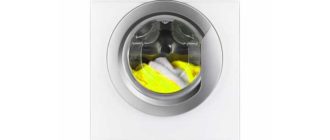Stains After Washing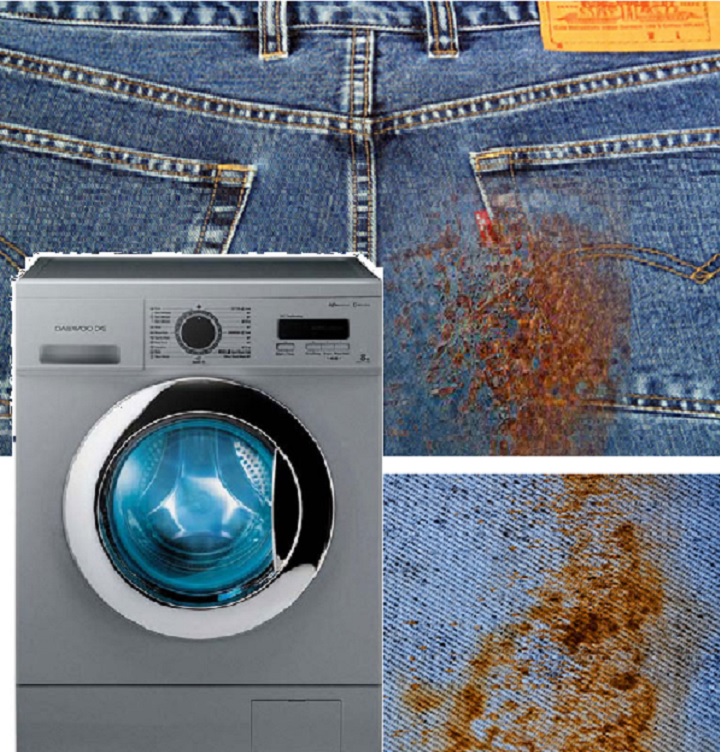 Paradoxically, but after washing laundry in the washing machine, it can become dirty or stained.
Paradoxically, but after washing laundry in the washing machine, it can become dirty or stained.
And the laundry itself turns into a game of "Russian roulette" - will it get away or not.
A similar situation is faced by not a small number of owners of miracle equipment.
Why does this happen? Why after washing things are stained and instead of clean laundry we get spoiled and dirty?
Let's find out.
Possible causes of stains after washing
Why does the washing machine pollute and not wash?
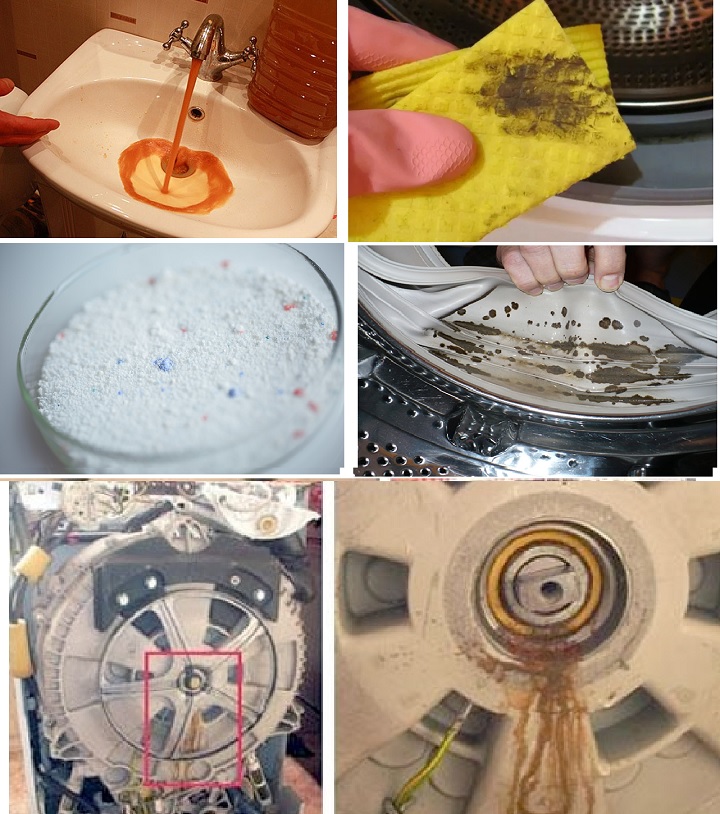 This, of course, is strange. For many years your helper coped with its task without complaint and suddenly, began to harm, dirtying everything that falls into its drum. There's a reason for that, and more than one.
This, of course, is strange. For many years your helper coped with its task without complaint and suddenly, began to harm, dirtying everything that falls into its drum. There's a reason for that, and more than one.
- Dirty water.
- Bad laundry detergent.
- Dirt in the cuff.
- A failed bearing or oil seal.
- Mold.
If you are faced with stains on the laundry after washing, your machine probably has one of the above causes. They're what causes brown, gray, white, black, and green stains to appear on your washed laundry. And believe me, rarely is the machine to blame for this, mostly it is a mistake or not proper care of the owner of the equipment.
Water and powder
Poor quality detergent
One of the most common causes is bad detergent. Even if the machine has been washing with the same detergent for a long time and has never ruined things before, there is no guarantee that this will be the case all the time.
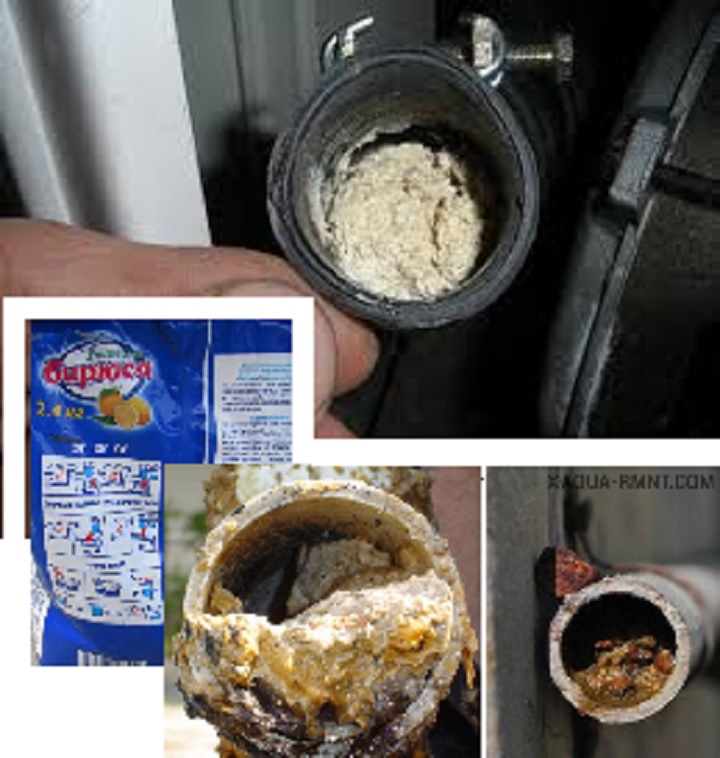 Powders are also counterfeited, for example, or batches can be defective.
Powders are also counterfeited, for example, or batches can be defective.
Anything can happen. What are the signs you can tell the quality of a powder?
Bad powder:
- Almost insoluble in water. There is a lot of undissolved detergent in the powderpan, just like there are granules on the clothes.
- Does not give foam or gives it in excess. With a good detergent the amount of foam is moderate.
- Leaves an unpleasant, chemical odor that takes a very long time to evaporate.
If you think that the powder is to blame for the appearance of stains on the clothes after washing, you can wash the laundry next time with a different detergent and see the result.
Stains due to poor-quality detergent can be different colors: green, red, light brown or yellow, iridescent, white.
If white stains remain on the laundry after washing, then restarting the washing program without detergent should save things.
Causes of white stains
Reason 1. Weak water pressure
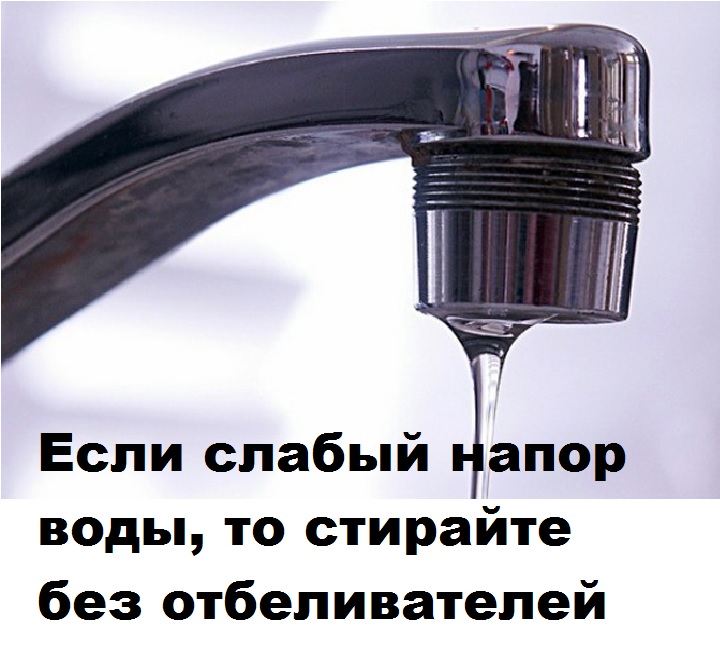 If the powder is poured into the detergent tray and cannot get into the drum at the beginning of the wash, the reason is low water pressure. Thus, the detergent gets on the clothes when the "rinse" mode has already started, and of course the machine does not have time to get rid of it. The detergent remains on the clothes, which is the reason for the formation of stains on the laundry.
If the powder is poured into the detergent tray and cannot get into the drum at the beginning of the wash, the reason is low water pressure. Thus, the detergent gets on the clothes when the "rinse" mode has already started, and of course the machine does not have time to get rid of it. The detergent remains on the clothes, which is the reason for the formation of stains on the laundry.
If there is no possibility to increase the water pressure, then you can solve the problem of white stains after washing by using the dispenser, which is placed in the drum with the things. Or another solution to the problem is to use liquid detergents. They have a difference from the powder - the absence of bleaching components. This is important in the regular use of such products, because there is a great possibility of the appearance of slime and black mold in the machine. To prevent this from happening, it is enough to regularly carry out preventive cleaning of the washing machine.
Reason 2. Too much laundry
A large amount of laundry in the machine, that is, overloading. In this case, the detergent simply gets stuck in the clothes and can not dissolve. Even when using the dispenser in the drum, such a problem can occur.
Reason 3. Not enough powder
Not enough detergent. Not logical? At first glance, yes, but if you look into it, the wrong amount of powder contributes to the formation of a white film. This is not the undissolved detergent, but the film. It is the result of a chemical reaction of the ingredients of the powder with the minerals of the cold water, which precipitates out.
Problems in the water
A few words about water, which contains huge amounts of iron and which washes our clothes.
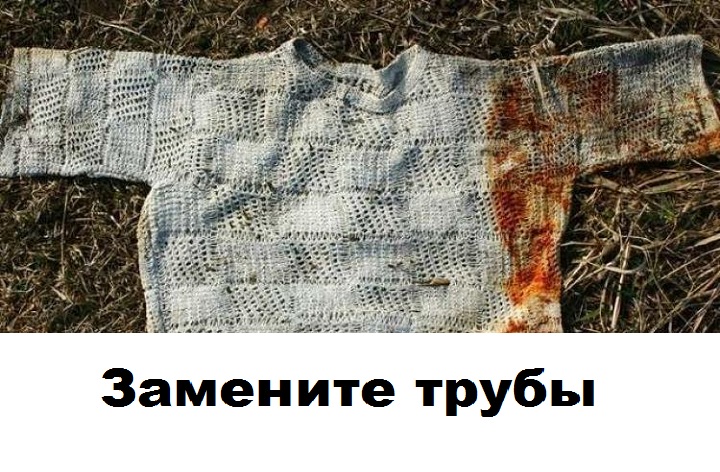 Washing in such water can ruin white laundry and reward it with not only yellow, but also brown stains that are almost impossible to get out.
Washing in such water can ruin white laundry and reward it with not only yellow, but also brown stains that are almost impossible to get out.
At first they may be small specks, but then they get bigger and bigger. Therefore, before you run the laundry in the machine, you need to open the tap with cold water and check whether the water runs clean or rusty with small debris.
After replacing the pipes, it is better not to use the washing machine at all for a while, if you do not want to have stains after washing. When using water from wells, the way out may be the installation of filters.
How to Clean a Machine
If the machine stains things, it will be necessary to clean it. It is enough to run a wash with citric acid on high temperature.
And how to get rid of yellow stains after washing? With the same citric acid, you can try to remove yellow stains. You need to soak the things in a basin, pouring a bag of acid there and leave for 3 hours. At the end of this time, put the whitened clothes in the drum and run the mixed mode of washing, and instead of the powder again pour citric acid. Small stains are removed with the first treatment, large - after the second treatment.
Removing Dirt in the Cuff
 Dirty plaque in the cuff and under it accumulates if the equipment has not been cared for for many years.
Dirty plaque in the cuff and under it accumulates if the equipment has not been cared for for many years.
It happens that the plaque accumulates so much that it falls out in pieces and stains things, leaving gray stains after washing.
You can fight this plague with the help of an ordinary and toothbrush with a rag.
With the help of these simple tools, you need to remove the dirt wherever it can be found. The main thing is not to overdo it and not to damage the cuff.
Checking the bearing or oil seal
If there are dark stains on the washed laundry after washing, then the cause is a malfunctioning oil seals. They release grease into the tank, which stains things and leaves black stains on the clothes after washing.
In this case, the big problem lies not only in dirty and spoiled things, but also in the performance of the bearings, which can get water.
In this case, the bearings may break, and to replace them will have to completely disassemble the machine, saw the tank, if it is solid, and replace the part with a new one. The process will require financial costs and time.
Removing mold
The ideal environment for mold to grow is warm and humid. Black mold is dangerous to humans.
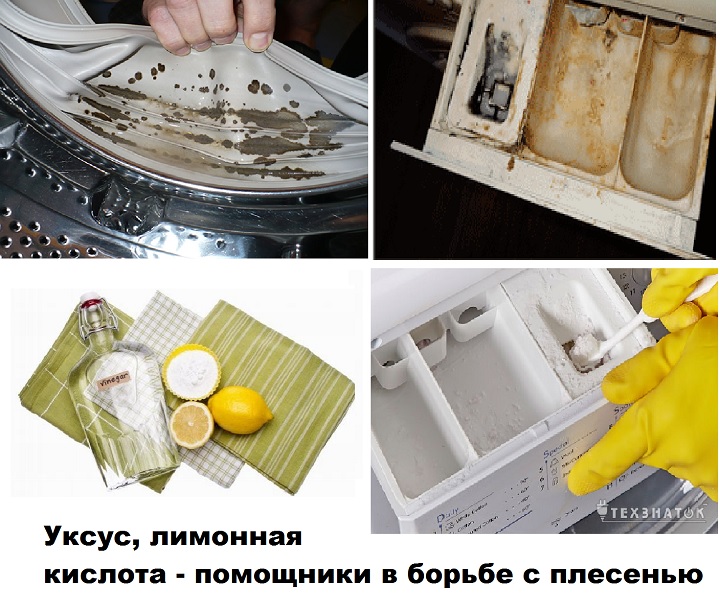 In the washing machine, it is most often localized in:
In the washing machine, it is most often localized in:
- - spigots;
- - cuffs;
- - the top of the tank;
- - drum;
- - powder cuvette.
It is not difficult to detect the presence of mold in the machine, you can immediately feel the unpleasant and pungent smell. The dangerous black cap develops and grows quickly. If it comes into contact with the laundry during washing, it leaves horrible black stains on the laundry. Imagine if it's white laundry!
A simple wash with baking soda at high temperature will help. If you find after washing that you haven't completely gotten rid of the mold, you can run a second treatment with an extra rinse.



